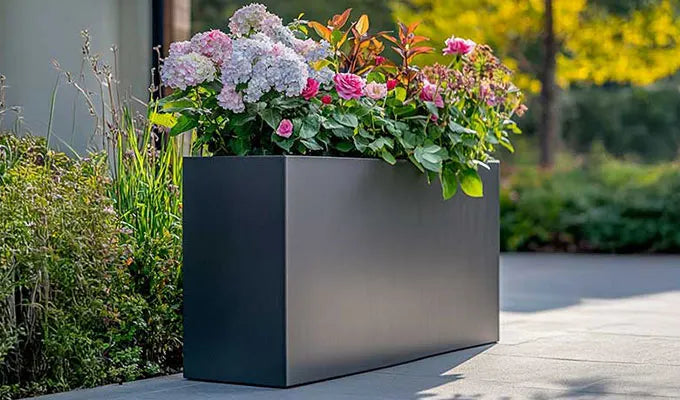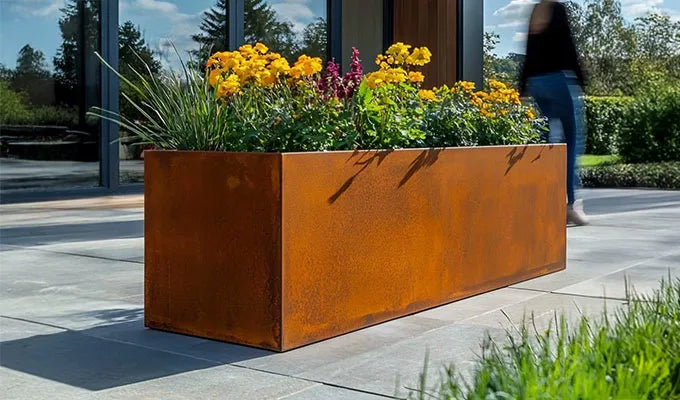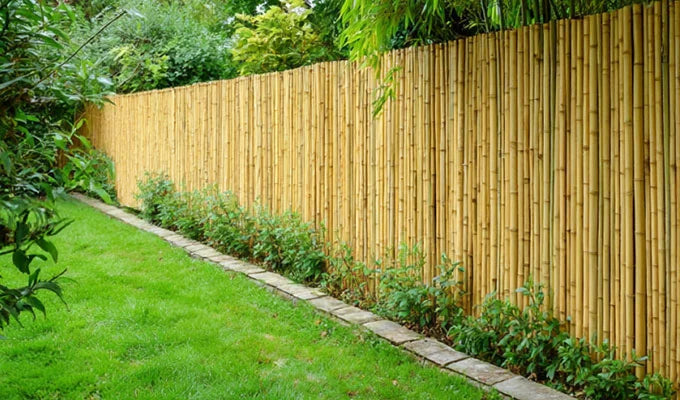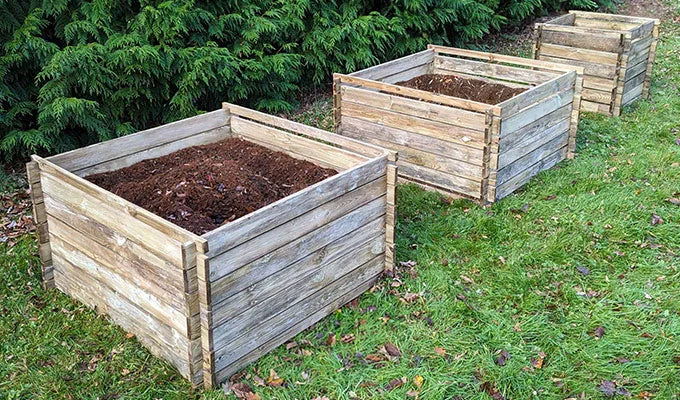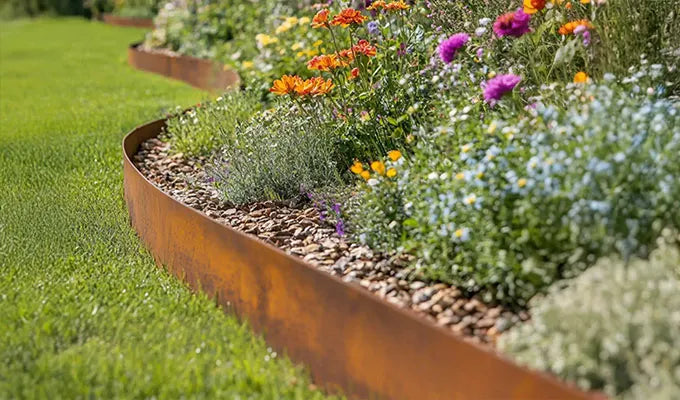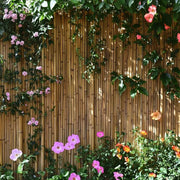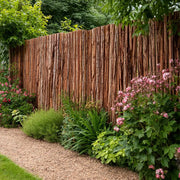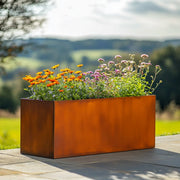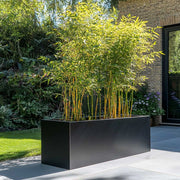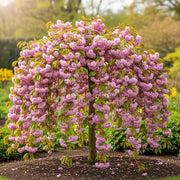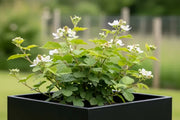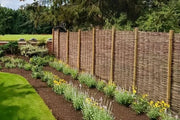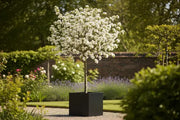The Ultimate Guide to Growing Blackberries
Blackberries, those quintessential symbols of British summer and autumn, are a wonderfully rewarding addition to any garden, regardless of size. Thriving across the diverse English landscape, from sprawling country gardens to compact urban patios, these resilient plants offer a bounty of delicious fruit with relatively little fuss. Imagine harvesting your own sweet, juicy berries, perfect for crumbles, jams, or simply enjoying fresh from the bush.
For those gardening in the English climate, blackberries are an excellent choice due to their hardiness and adaptability. They generally prefer a sunny, sheltered spot, which helps the fruit to ripen fully and sweeten. However, many varieties will still perform well in partial shade, especially if protected from harsh winds. When considering your plot, look for well-drained soil rich in organic matter. If your soil is heavy clay or very sandy, enriching it with compost or well-rotted manure a few weeks before planting will give your blackberry plants the best start.
Growing blackberries in planters is an increasingly popular option, particularly for gardeners with limited space or those wishing to control the spread of vigorous varieties. Choose a large container – at least 45-60cm (18-24 inches) in diameter and depth – to give the roots ample room. Ensure the pot has good drainage holes. Fill it with a high-quality, peat-free potting compost mixed with some slow-release fertiliser. While container-grown blackberries require more frequent watering, especially during dry spells and fruiting, they offer flexibility in placement and can be moved to optimise sunlight. Thornless varieties are often preferred for planters, making harvesting much easier in confined spaces.
To grow blackberries successfully, start with healthy young plants, ideally purchased from a reputable nursery. Plant them in late autumn or early spring when the ground is not waterlogged or frozen. Dig a hole twice as wide as the root ball and just as deep. Carefully spread the roots, place the plant so the crown is level with the soil surface, and backfill, firming gently. If planting multiple canes, space them about 2-3 metres apart for trailing varieties or 1.5-2 metres for more upright types. Most blackberries require some form of support, such as wires stretched between posts or a sturdy trellis, to train their long canes and keep the fruit off the ground.
Once established, routine care is straightforward. Keep the area around the plants free of weeds, which compete for moisture and nutrients. Water regularly, especially during dry periods, focusing on the base of the plant. A generous mulch of compost or wood chippings around the base in spring will help retain moisture, suppress weeds, and provide a slow release of nutrients. Feed your plants with a balanced general-purpose fertiliser in early spring, and an additional feed when flowers start to appear can boost fruit production.
Blackberry plants typically flower from late spring into early summer, usually between May and July in the UK, depending on the variety and specific weather conditions. These delicate white or pale pink blossoms are attractive to bees and other pollinators, which is crucial for fruit set. The berries begin to form after the flowers are pollinated, gradually ripening throughout the summer. You can expect to start harvesting your delicious fruit from mid-July right through to early autumn, often until September or even October for some later-fruiting varieties. The berries are ready when they are plump, uniformly black, and easily detach from the plant with a gentle tug. Regular harvesting encourages more fruit production.
Pruning is vital for healthy blackberry bushes and abundant harvests. Blackberries fruit on canes that grew in the previous year. After fruiting, these canes (known as 'floricanes') will die back and should be cut down to ground level in autumn. New canes ('primocanes') will emerge during the current growing season and should be trained onto your support system; these will be the ones that fruit next year. Remove any weak or damaged canes to maintain an open structure, which improves air circulation and reduces disease risk. Thornless varieties often benefit from similar pruning regimes.
With a little care and attention, your blackberry plants will reward you with an abundant harvest of succulent berries, bringing a true taste of the British summer to your table year after year.

